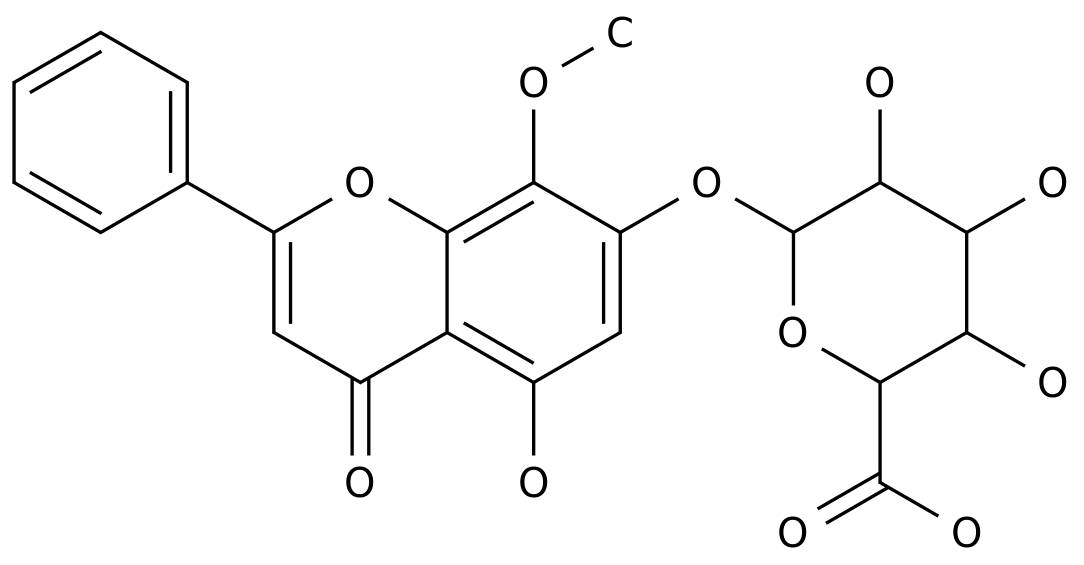Biochemical Engineering
- • Amino Acids and Proteins (221)
- • Nucleic Acid Drugs (18)
- • Enzymes and Coenzymes Drugs (115)
- • Inhibitors (1083)
- • Biological Response Modifiers (15)
- • Fat Medicines (7)
- • Amino Acids and Derivatives (4144)
- • Saccharides (2371)
- • Biochemical Reagents (322)
- • Nucleoside Drugs (346)
- • Condensing Agent (40)
- • Polypeptide (619)
- • Biosynthetic Natural Products (105)
- • Plant Extracts (813)
- • Chinese Herbs (352)
- • Microbiology Reagents (11)
- • Protein Research (34)
- • Lipids (281)
- • Inflammation Mediators (128)
Related News
Sort Chinese Herbs Alphabetically
Chinese Herbs
Rubiadin
(117-02-2)-
Chemical Grade / 99%
-
- / 99.00%
-
Industrial Grade / 99%
-
![1,3-DIHYDROXY-2-METHYLANTHRAQUINONE buy 1,3-DIHYDROXY-2-METHYLANTHRAQUINONE]()
Industrial Grade / 99%
Request for quotation , get quotes from more suppliers.
Wogonoside
(51059-44-0)-
- / 99.00%
-
Industrial grade / 99%
-
Industrial Grade / 99%
-
Pharmacy Grade / 99%
Request for quotation , get quotes from more suppliers.
Fraxin
(524-30-1)-
- / 99.00%
-
Industrial Grade / 99%
-
![FRAXIN buy FRAXIN]()
Industrial Grade / 99%
-
![Fraxin buy Fraxin]()
Industrial Grade / 99%
Request for quotation , get quotes from more suppliers.
-
![dextro-fenchone buy dextro-fenchone]()
-
![(-)-FENCHONE buy (-)-FENCHONE]()
-
![dextro-fenchone buy dextro-fenchone]()
Industrial Grade / 99%
-
![(1S,4R)-fenchone buy (1S,4R)-fenchone]()
Request for quotation , get quotes from more suppliers.
Aristolochic acid II
(475-80-9)-
- / 99.00%
-
Industrial Grade / 99%
-
![Aristolochic acid B buy Aristolochic acid B]()
Industrial Grade / 99%
$0.2/KG EXW
-
![6-nitrophenanthro[3,4-d]-1,3-dioxole-5-carboxylic acid buy 6-nitrophenanthro[3,4-d]-1,3-dioxole-5-carboxylic acid]()
Request for quotation , get quotes from more suppliers.
(-)-N-Methylcytisine
(486-86-2)-
Industrial Grade / 99%
-
![Caulophylline buy Caulophylline]()
- / 95%
-
![N-Methylcytisine buy N-Methylcytisine]()
-
![Caulophylline buy Caulophylline]()
Request for quotation , get quotes from more suppliers.
Schisandrin C
(61301-33-5)-
- / 99.00%
-
Industrial grade / 99%
-
Industrial Grade / 99%
-
![Schisandrin C buy Schisandrin C]()
Request for quotation , get quotes from more suppliers.
Silydianin
(29782-68-1)-
- / 99.00%
-
![SILYDIANIN buy SILYDIANIN]()
-
![SILYDIANIN CAS NO 29782-68-1 buy SILYDIANIN CAS NO 29782-68-1]()
Industrial Grade, Feed Grade, Food Grade, Pharma Grade / 99%
$11.11/KG EXW
-
![Silydianin buy Silydianin]()
Industrial Grade / 99%
Request for quotation , get quotes from more suppliers.
-
![4',5-DIHYDROXY-7-METHOXYFLAVONE buy 4',5-DIHYDROXY-7-METHOXYFLAVONE]()
- / 95%
-
![4',5-DIHYDROXY-7-METHOXYFLAVONE buy 4',5-DIHYDROXY-7-METHOXYFLAVONE]()
-
![4',5-DIHYDROXY-7-METHOXYFLAVONE buy 4',5-DIHYDROXY-7-METHOXYFLAVONE]()
25kg/Cardboard Drum / 99%
-
![4',5-Dihydroxy-7-methoxyflavone buy 4',5-Dihydroxy-7-methoxyflavone]()
Different Grade / 99.9%
$0.1/KG EXW
Request for quotation , get quotes from more suppliers.
-
- / 99.00%
-
industrial Grade / 98%
-
Pharmacy Grade / 99%
-
Industrial Grade / 99%
Request for quotation , get quotes from more suppliers.























![6-nitrophenanthro[3,4-d]-1,3-dioxole-5-carboxylic acid buy 6-nitrophenanthro[3,4-d]-1,3-dioxole-5-carboxylic acid](https://file.echemi.com/fileManage/upload/canonicalSmiles/20220811/87db2107fee84471b4adb7e26014bd88.png)















